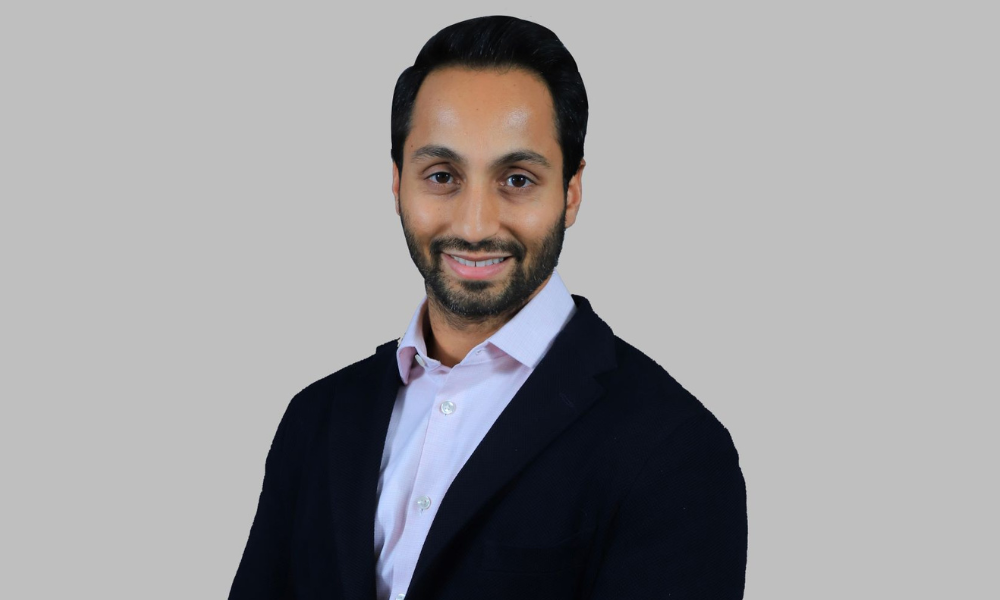Exciting changes are transforming a previously defensive sector

If advisors want to invest some of their clients’ portfolios in a burgeoning industry, they should be looking toward those that cater to the growing, aging global population, says one index provider.
“We found this to be a very interesting demographic area to target about six years ago,” Rahul Sen Sharma, managing partner of the New York-based Indxx, told Wealth Professional. “During the 20th century, but even more so today, we’ve had a dramatic increase in life expectancy, not only in the developed world, but even in the emerging market space.”
While life expectancies in developed nations have been increasing, they’ve also jumped to 80 for men and the mid-80s for women in the emerging market since 1900. The world’s birth rate is also declining, pushing up the overall population’s aging.
“Our data shows that people aged 65 years and over were just under 5% of the world’s population in 1960,” said Sen Sharma. “By 2050, that number is supposed to be about 22% of the world’s population. So, that’s a dramatic change that impacts a number of different areas of society.”
He said the aging population is going to impact housing, sanitation, nutrition, and urbanization, including transportation as more personal service is need.
Helathcare will also become more than a defensive sector as obesity, cardiovascular disease, and diabetes increases and the wealthier aging population uses more services since its healthcare spending per capita is correlated to the gross domestic product.
Innovation is also pushing healthcare. So, Sen Sharma said remote healthcare and telemedicine were “supercharged by COVID” with virtual health visits growing by more than 3,000%. Wearable technology is allowing diabetics to track their blood sugar or people who fall to get help. The internet allows the industry to collect all of a patient’s health care data and analytics to identify social and individual tends. Personalized medicine, based on genomics and artificial intelligence, is also optimizing drugs and reducing side effects for individual patients, especially reducing the likelihood of painkiller addiction.
Sen Sharma said Indxx’s Aging Population Index, launched in 2016, tracks companies that are expected to directly, or indirectly, contribute to increasing the life-span of the world’s aging population.
“The key thing to understand is that the health care sector is changing. It’s not necessarily what it was 10, 15, or 20 years ago. There are a lot of developments happening due to technology and the demand of the aging population that are worth looking into,” he said. “Senior housing is already an $87 billion market and expected to grow strongly and consistently for the foreseeable future.”
“There are a lot of exciting things happening,” said Sen Sharma. “But that is going to translate into investment and growth within what was previously more of a defensive sector.”



